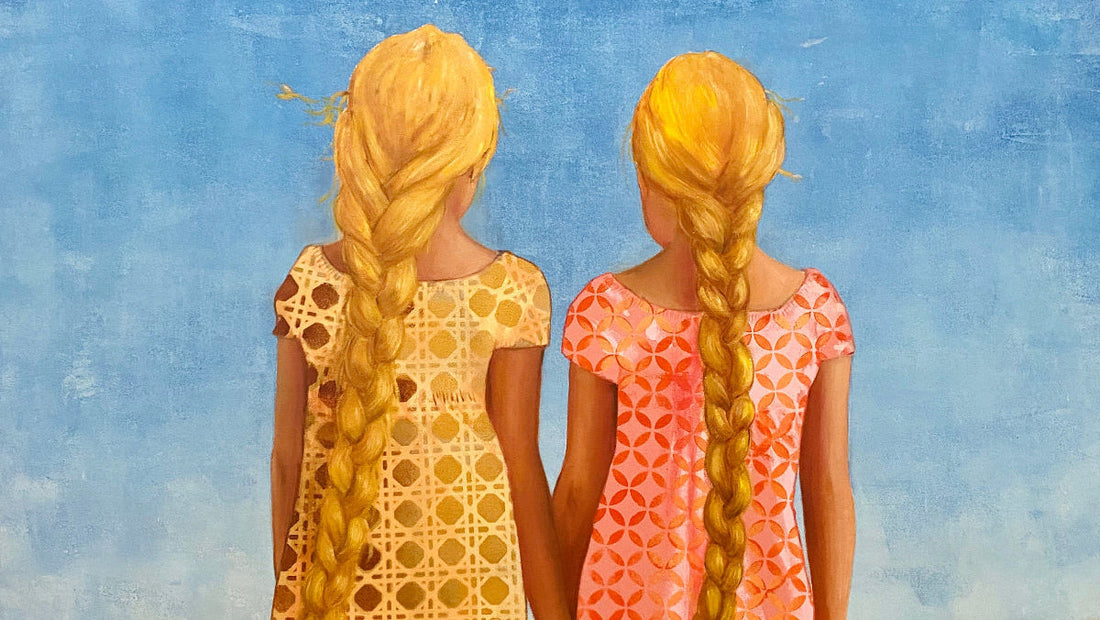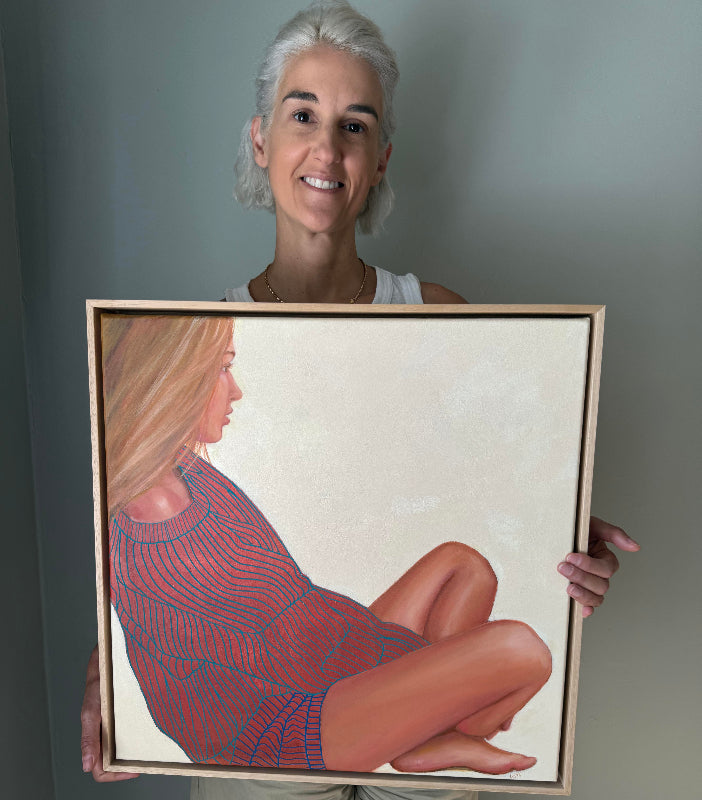
Rapunzel: Rapunzel, Let Down Your Hair!
"Rapunzel, Rapunzel, let down your hair, so that I may climb thy golden stair."
The story of Rapunzel encapsulates our ongoing reverence of long blond hair. I reread Rapunzel the other day after many years and wondered why I once loved this fairytale. I found myself screaming at the pages:
“Rapunzel, Rapunzel, cut off your hair! Use it as a rope and escape from there!”
Why didn’t I have this reaction when I was a child? Even at a young age, I must have sensed what a sacrilege it would be to cut off one’s long hair.
A woman’s hair holds great significance in many religions and cultures around the world. The bible, for instance, says, “if a woman has long hair, it is her glory.” In many cultures, it is disgraceful, shameful, and ugly for a woman to have her hair cut off or her head shaved, even today.
Long golden hair, especially, has long been associated with female beauty, going all the way back to Aphrodite, the Greek goddess of love and beauty. In the Middle Ages, long, blond hair was idealised as the paragon of female beauty in European culture.
Many fictional princesses have long golden hair, going back to the earliest recorded European fairy tales. Golden Hair a Russian fairy tale and Rapunzel, a German fairy-tale, both feature a girl with long blond hair. In both tales, the girl is punished for falling in love by having her hair cut off. Such was the shame of having one’s hair cut off. But don’t despair, both girls are eventually rescued by their love and they live happily ever after (presumably with their long locks repaired).
From a young age, I realised that women’s hair was important. As a young girl, I yearned to grow my hair down to my bottom, despite the time and energy my mother spent wrestling my hair into submission every morning before school. I fondly recall many happy school recesses playing hairdressers and braiding girls’ hair. I also remember many less-than-happy hours spent at the hairdresser's, dying of boredom, waiting for my mum’s hair to be permed (gotta love the eighties!). A woman’s hair was her crown and glory- this much I understood. This must be why the absurdity of Rapunzel's storyline was not evident to my young mind.
You may recall that Rapunzel was locked in a tower by an old, jealous hag. Each night, she lets down her long, golden hair so that her lover can use her hair like a rope to scale the tower and visit her in secret. The couple dream of escape and the charming prince smuggles up fabric so that they can fashion a rope for Rapunzel to scale down the tower wall together. Did it never once occur to them to cut off her hair, tie it to the bed and use her detached braid as rope for them both to climb down immediately? Obviously, not. It didn’t occur to me at first either, so I get it.
Anyway, the old hag eventually gets wind of the clandestine affair after Rapunzel gets pregnant and starts to show (a detail I don't recall reading when I was a child). The old witch is so incensed that she punishes Rapunzel by cutting off her hair and banishing her to the forest so she can give birth to her twins alone. Such was the shame of having her hair cut off that the joy of her newfound freedom is tarnished by a bad haircut.
It is typical in traditional fairy tales for the female lead to be separated from other women. She is isolated, lonely and vulnerable and awaiting rescue by a man. In a patriarchal society, fairy tales often set women against other women, like the jealous stepmother or an old hag. So, in my feminist recreation, I show Rapunzel with her sister, as they work together to weave their own golden escape route in the form of a rope made of hair.
Image: Golden Hair print by Leah Mariani available in store
By reimagining Rapunzel with a sister by her side and a plan of her own making, I wanted to challenge the outdated narrative that women must wait to be rescued—or worse, that they must suffer alone. Hair may still be seen as a symbol of beauty and femininity, but in this feminist retelling, it becomes a symbol of resourcefulness and resistance. Rather than a burden or a trophy, Rapunzel’s hair is her tool for freedom. And this time, she doesn’t wait for a prince; she escapes on her own terms, with the strength and support of another woman.






